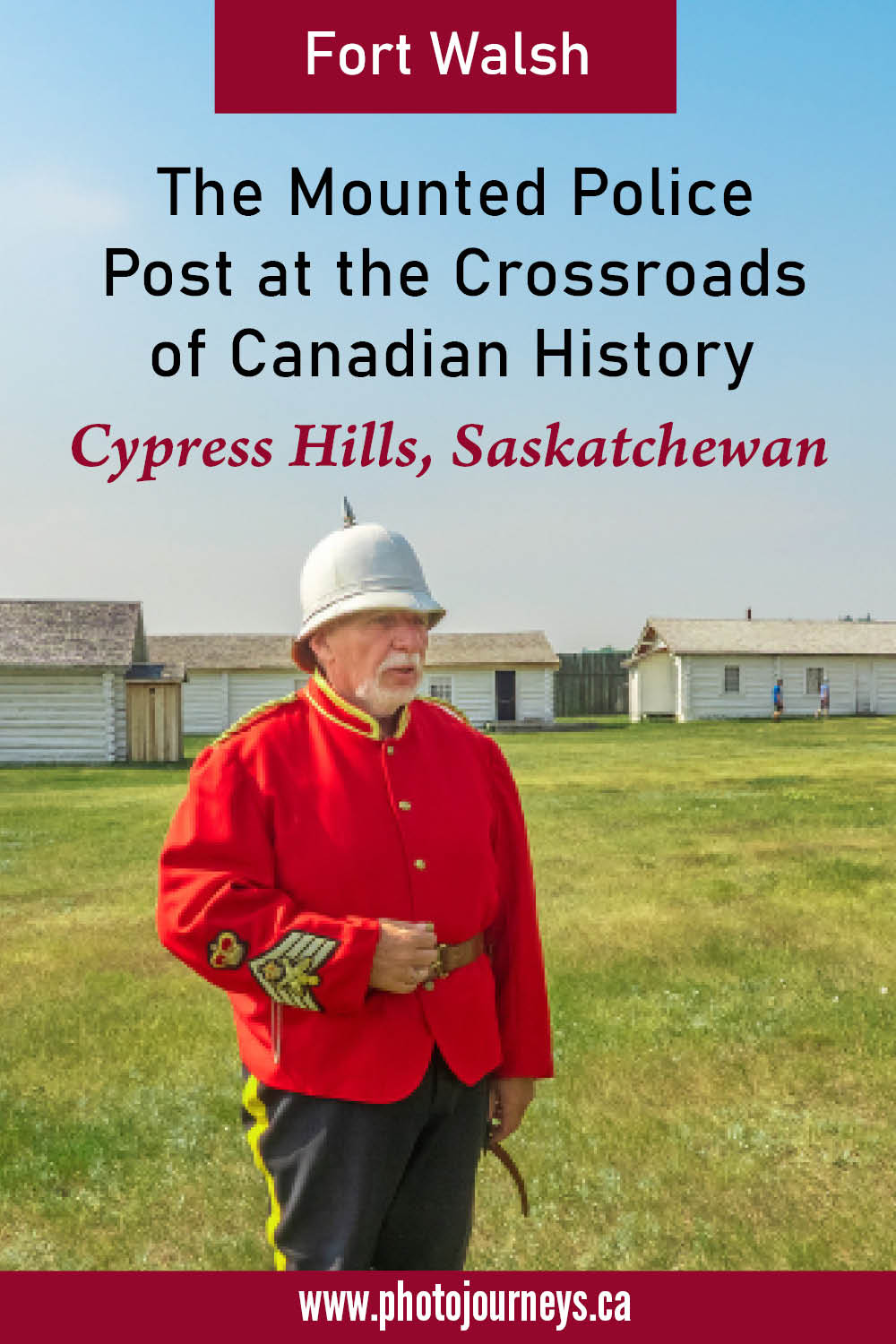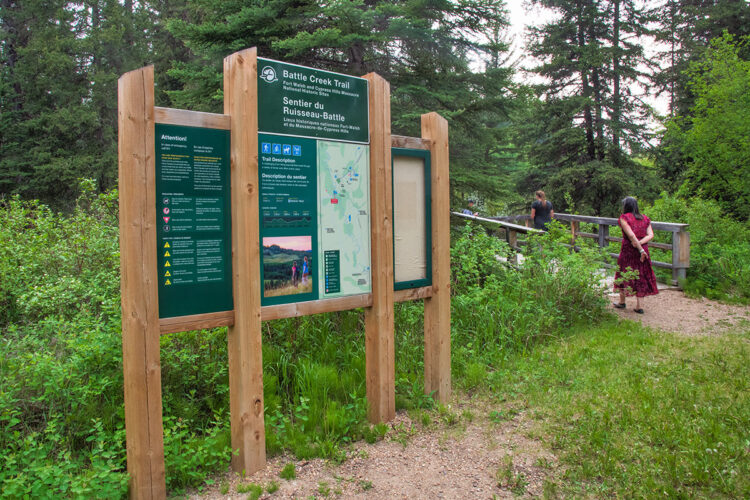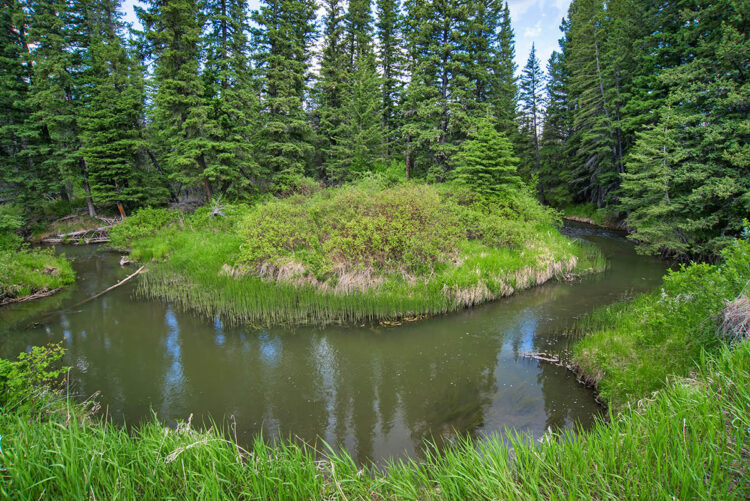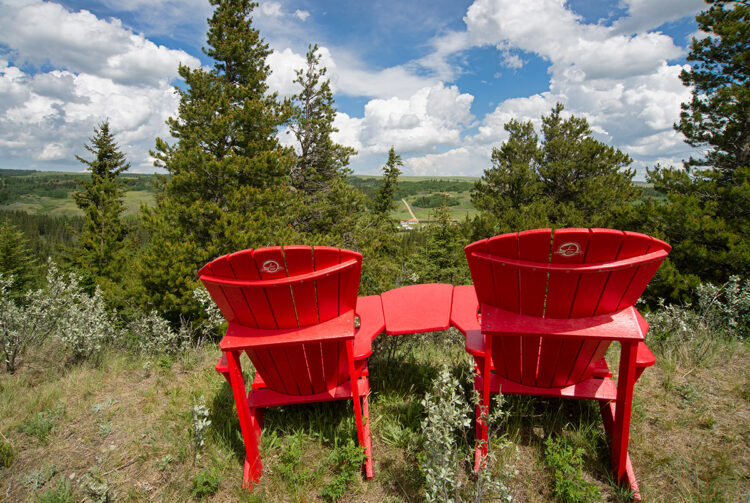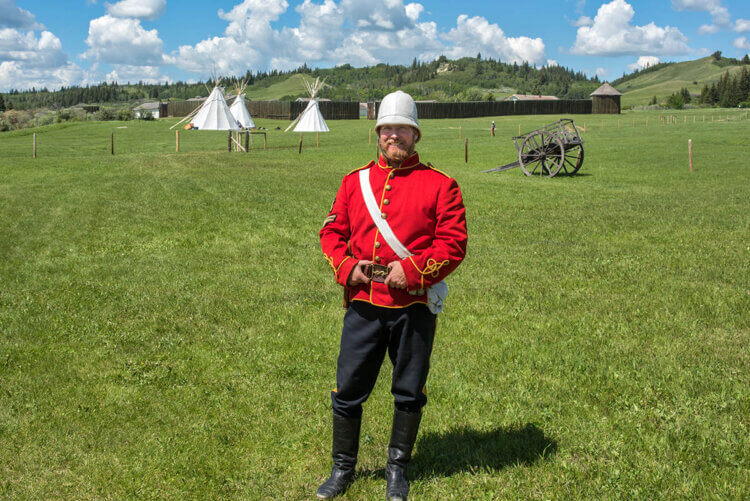
All photos © Robin and Arlene Karpan
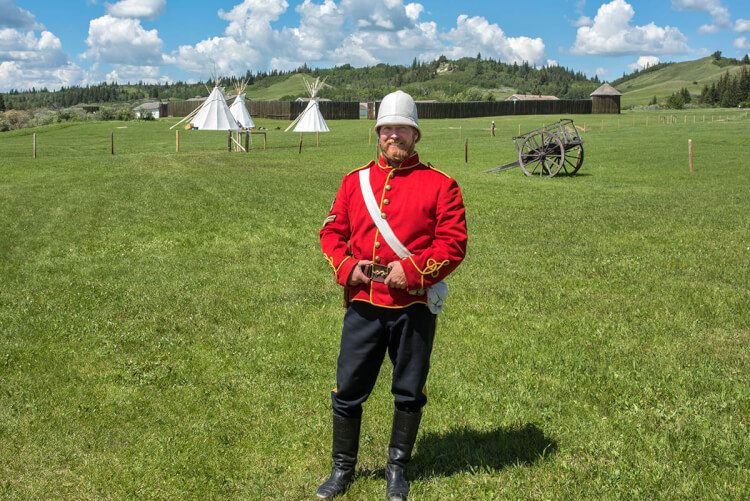
This year Fort Walsh is celebrating its 150th anniversary. It was in 1875 that the North West Mounted Police established the post in the beautiful Cypress Hills to provide law and order in what is now southwest Saskatchewan. What happened here was so significant that it changed the course of Canadian history and led to the formation of the fabled police force.
The Cypress Hills Massacre and birth of the Mounted Police
In 1873, this was the site of the Cypress Hills Massacre, which spawned the name Battle Creek that runs through the Cypress Hills. American wolf hunters and whiskey traders killed several local Nakoda whom they wrongly accused of stealing horses. When the news reached Ottawa, the government became concerned about increasing lawlessness in the west. This incident was the catalyst that finally led the government to form the North West Mounted Police, forerunners of today’s Royal Canadian Mounted Police.
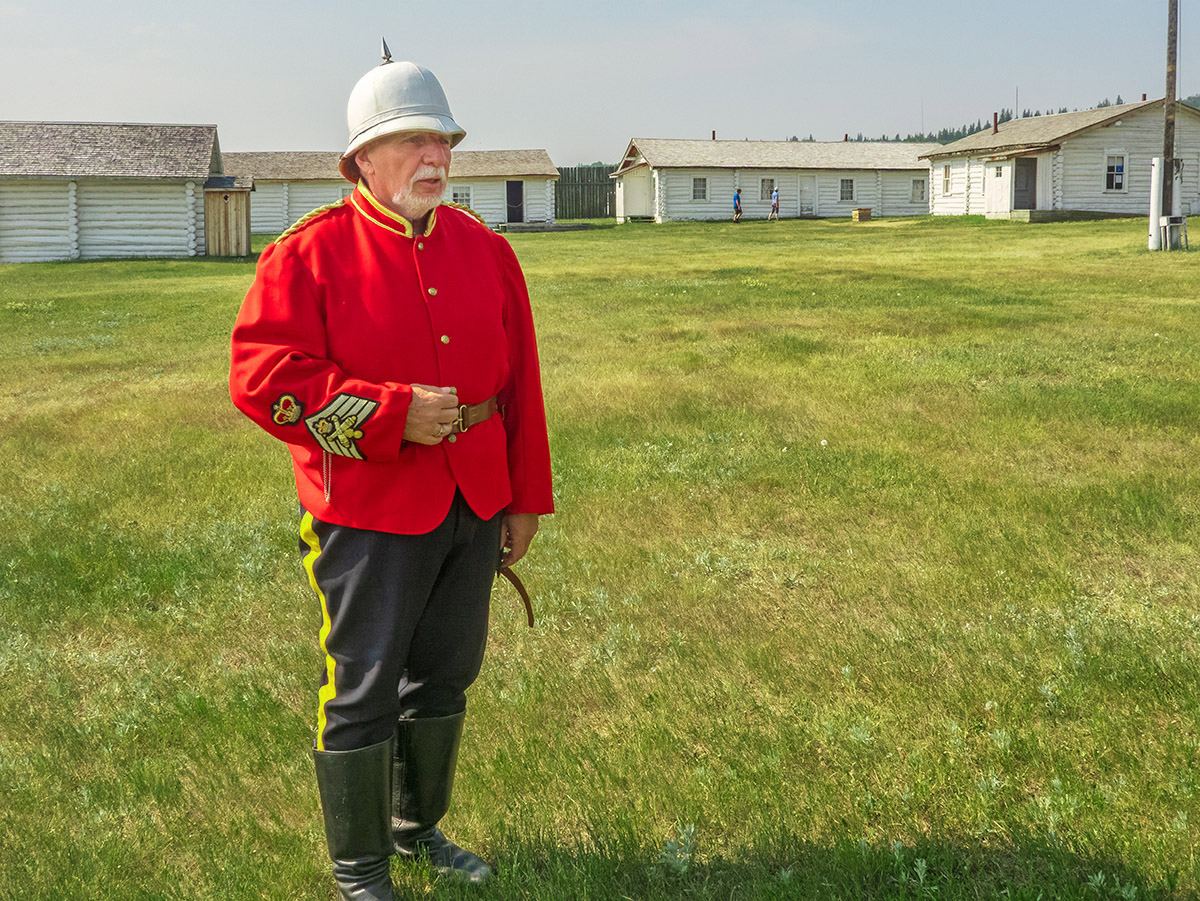
The next year, the Mounties began their famous March West, constructing several posts in order to curb the illegal whiskey trade and maintain peace. Fort Walsh was established at the massacre site and later became Mounted Police headquarters.
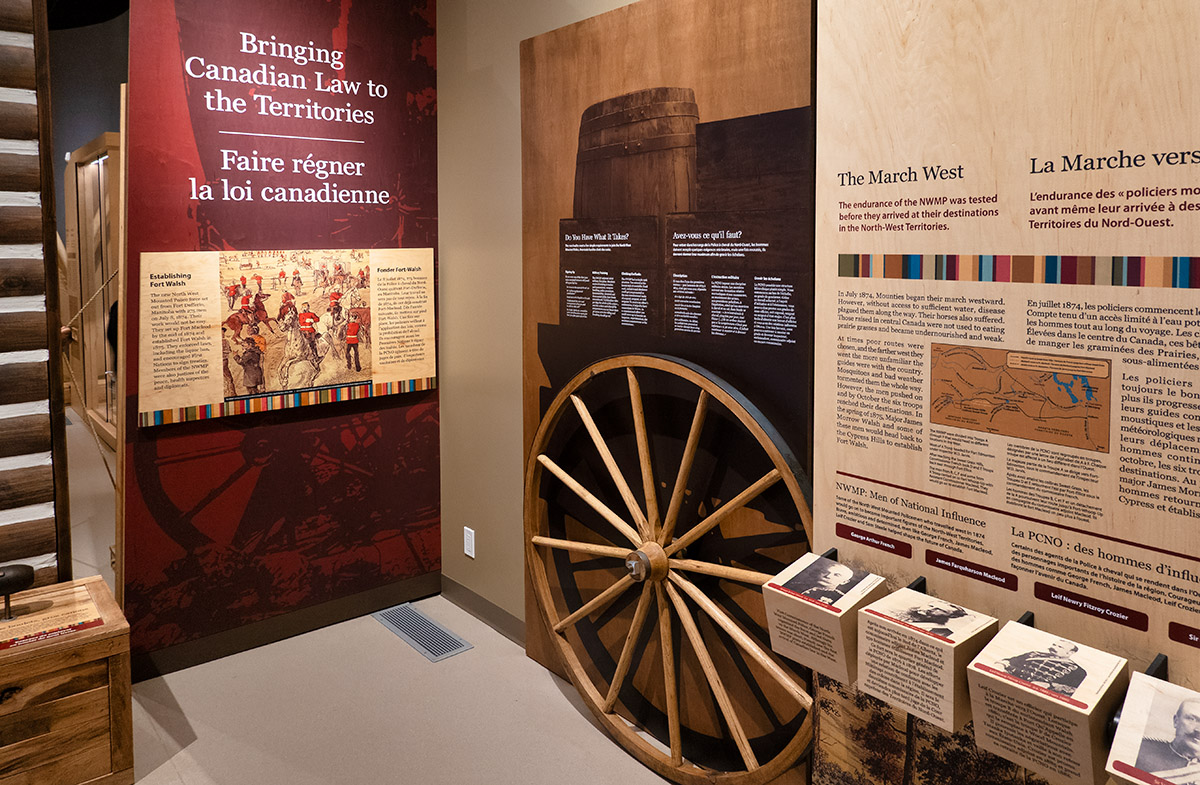
In the late 1870s, Inspector James Walsh, after whom the fort is named, was instrumental in negotiating with Chief Sitting Bull’s Sioux, who took refuge in southwest Saskatchewan after defeating the U.S. Cavalry at the Battle of the Little Bighorn in nearby Montana.
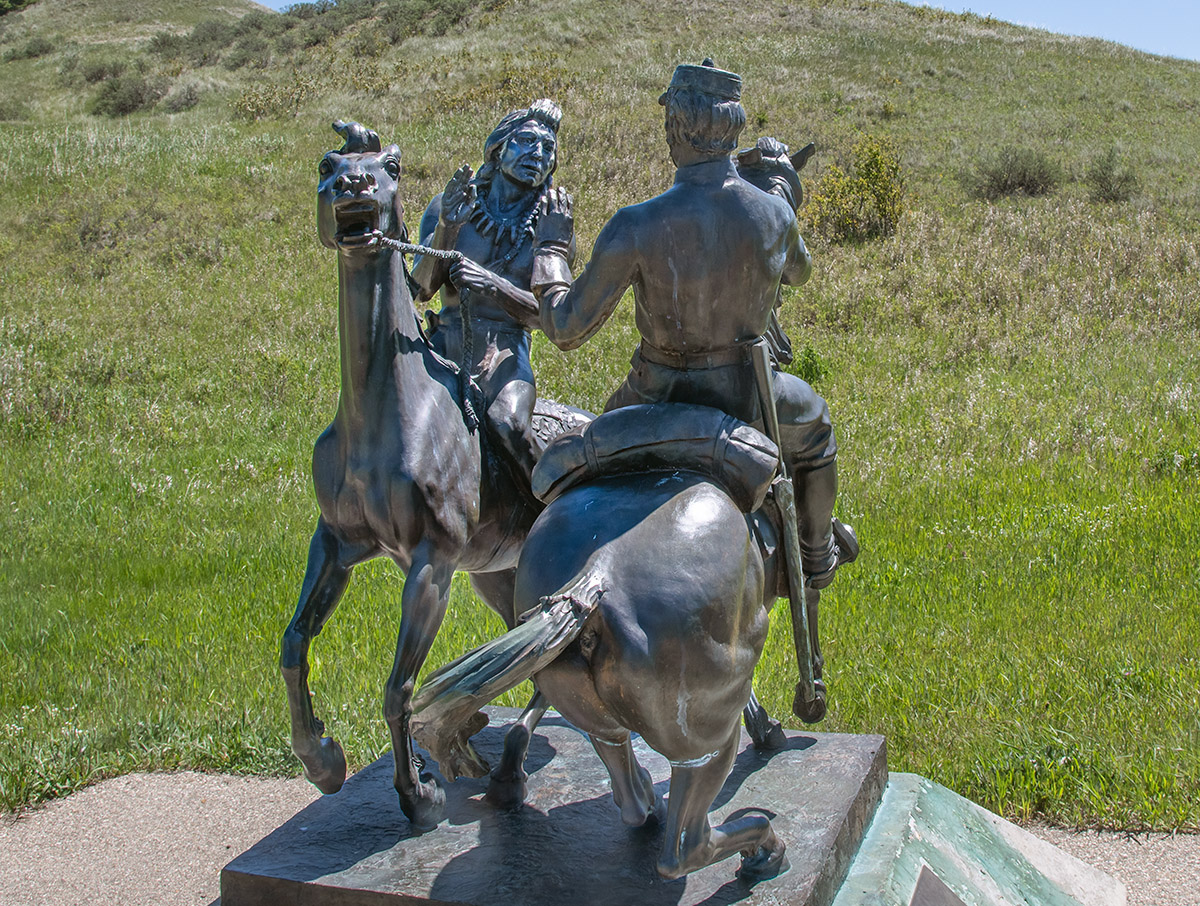
The fort was abandoned after Mountie headquarters moved to Regina in 1882, then from the 1940s to 1960s it served as a horse breeding and training centre for the RCMP Musical Rides.
Today it is a National Historic Site where you can go back in time to relive some of western Canada’s most compelling history.
Plan your Visit to Fort Walsh
A visitor centre with extensive displays sets the scene. You have the option of walking downhill to the fort (about 500 metres), or catching a ride in a van that lets you off at the main fort gates.
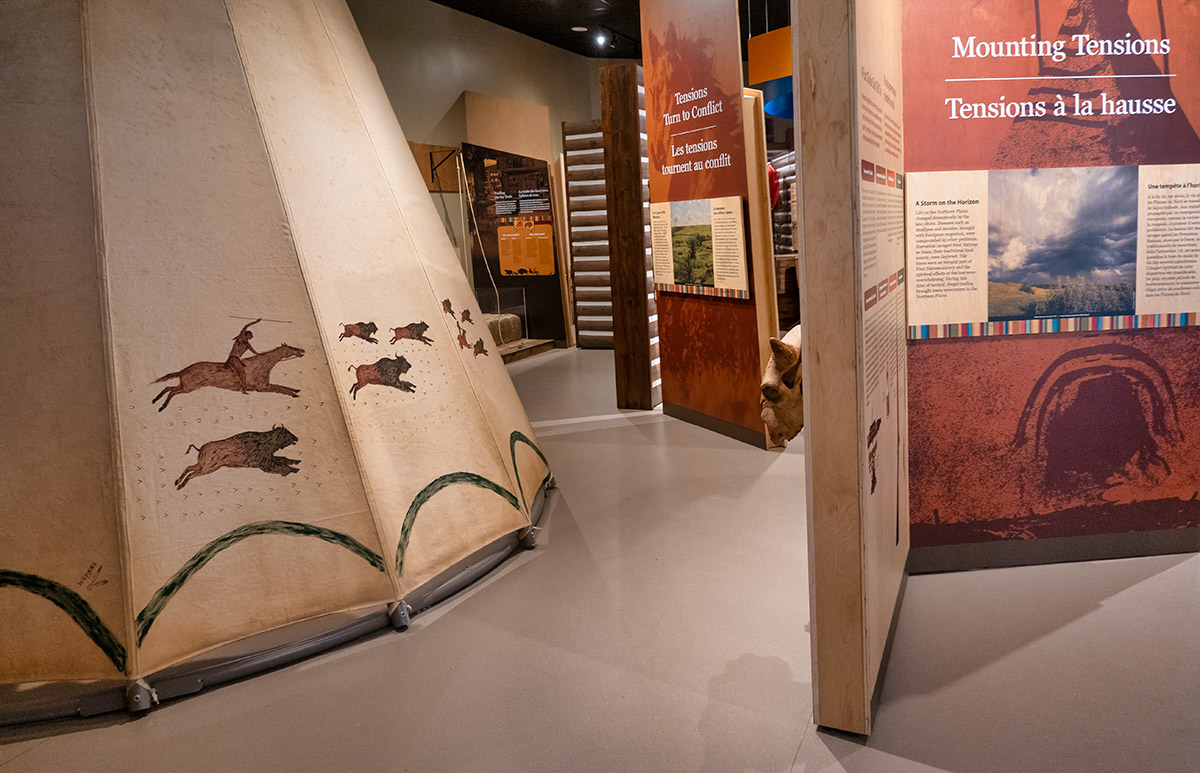
Although you can tour some of the reconstructed buildings on your own, we highly recommend joining a group tour led by an interpreter in period dress (no cost). They relate stories of momentous events, as well as the rather tough lives of Mounties in those early days.
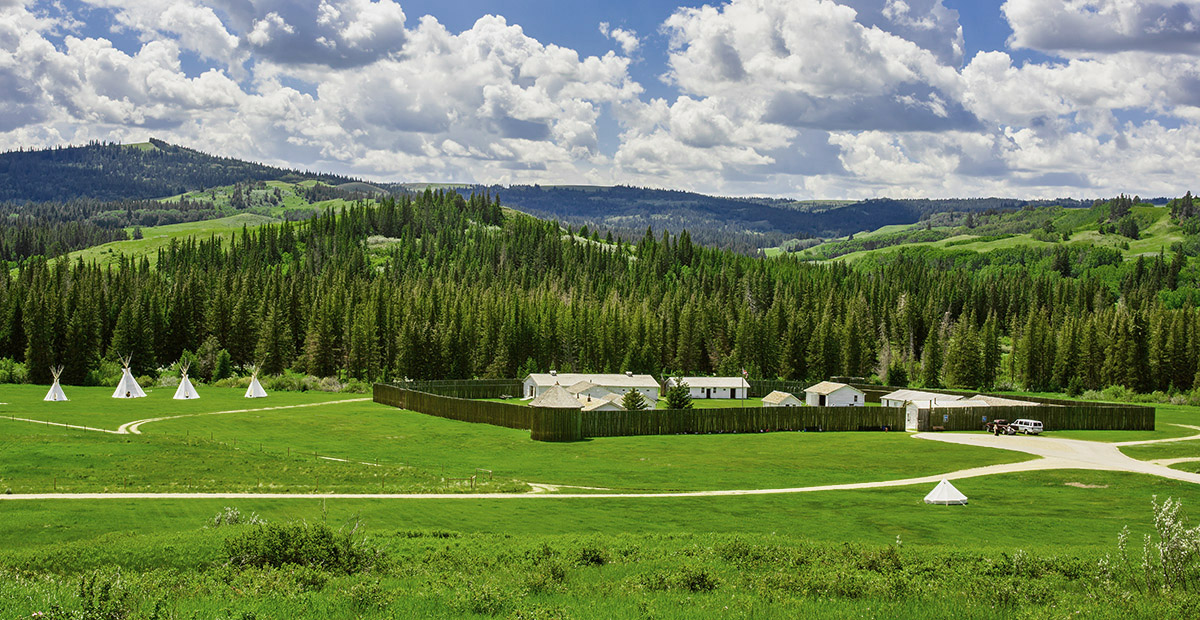
The Superintendent’s residence was where Major James Walsh lived, and where many meetings were held to discuss the ongoing situation with the Sioux. Next door is the Commissioner’s Residence. Visiting these two buildings gives you a good idea of how better off the commanding officers were compared to the recruits.
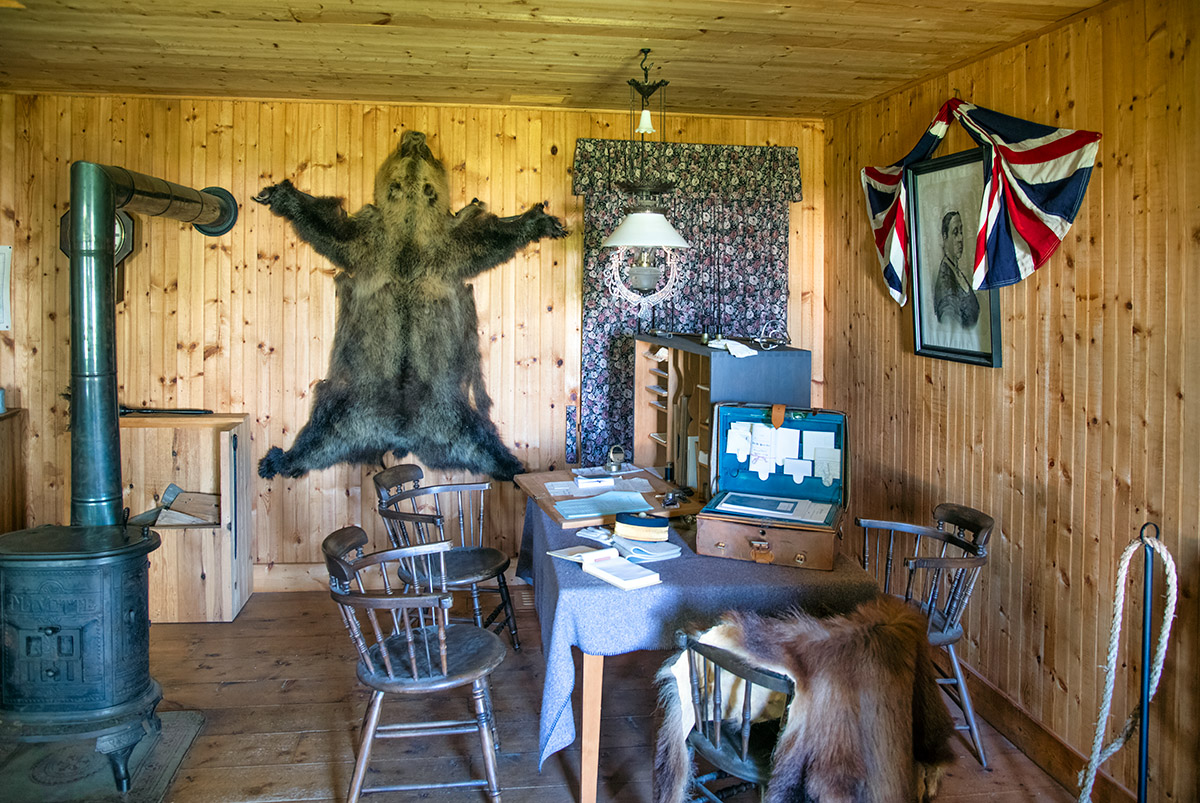
Compared to the more opulent digs for the commanding officials, the officers’ barracks look pretty spartan. In a large room, beds are lined up in rows offering little privacy. Each bed had a buffalo robe, and the clothes and equipment they were issued hang on the wall. Look closely and you will see different insignia on some red jackets showing their specialty, for example, a horseshoe indicating that the officer was a farrier.
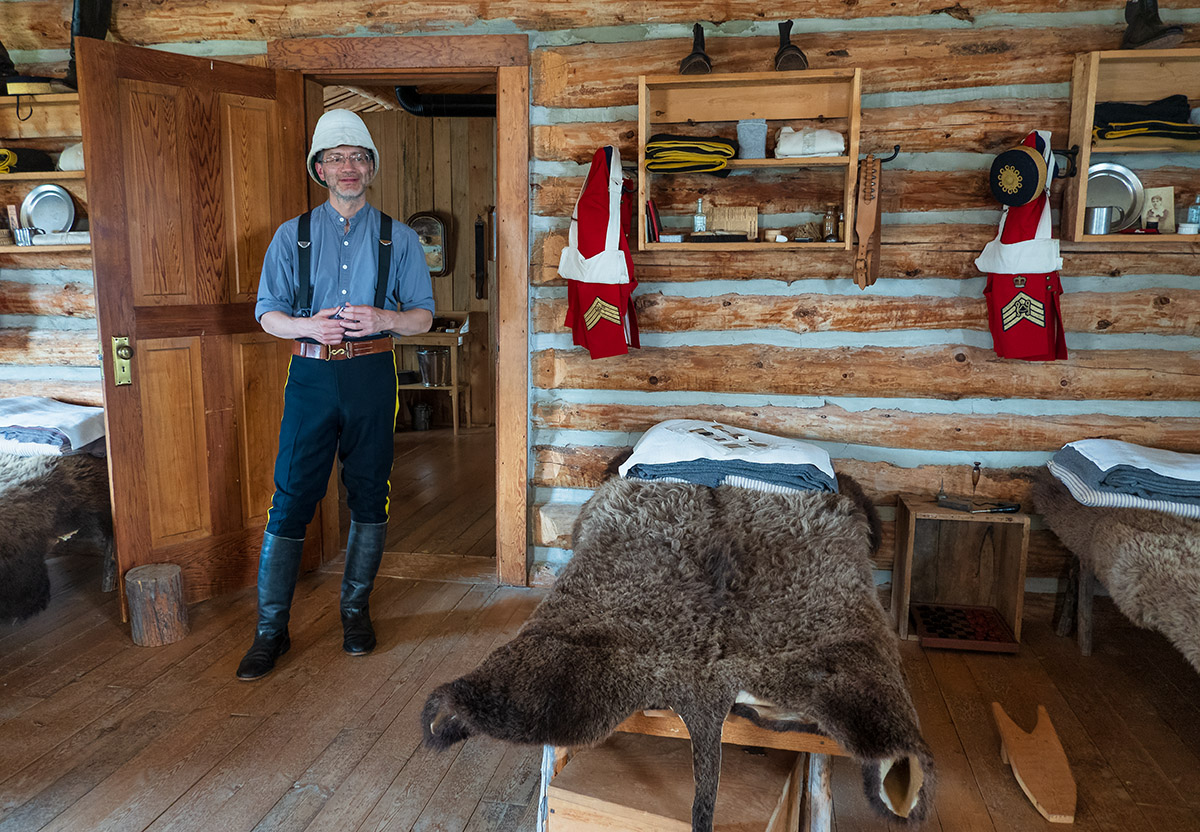
The stable is an example of those used while the RCMP served as a remount centre for breeding and raising special black horses for the Musical Ride. The most famous horse raised here was Burmese, a coal black filly that was presented to Queen Elizabeth II and quickly became her favourite mount.
Other buildings central to the operation of the fort include the carpentry and blacksmithing shops, and the sick horse stable. Most fascinating is the story of the horses’ hooves that sit on one shelf. To prove that his horse had died while away from the fort on patrol or on a mission, the officer had to cut off the hoof and bring it back. This was to protect against the possibility of a recruit trying to pull a fast one by selling his horse, which could fetch a handsome sum, then walking back and claiming that the horse had died.
Another important workshop was the armoury, where the officers’ rifles and revolvers were maintained. You can see the huge field guns that are sometimes fired at special events.
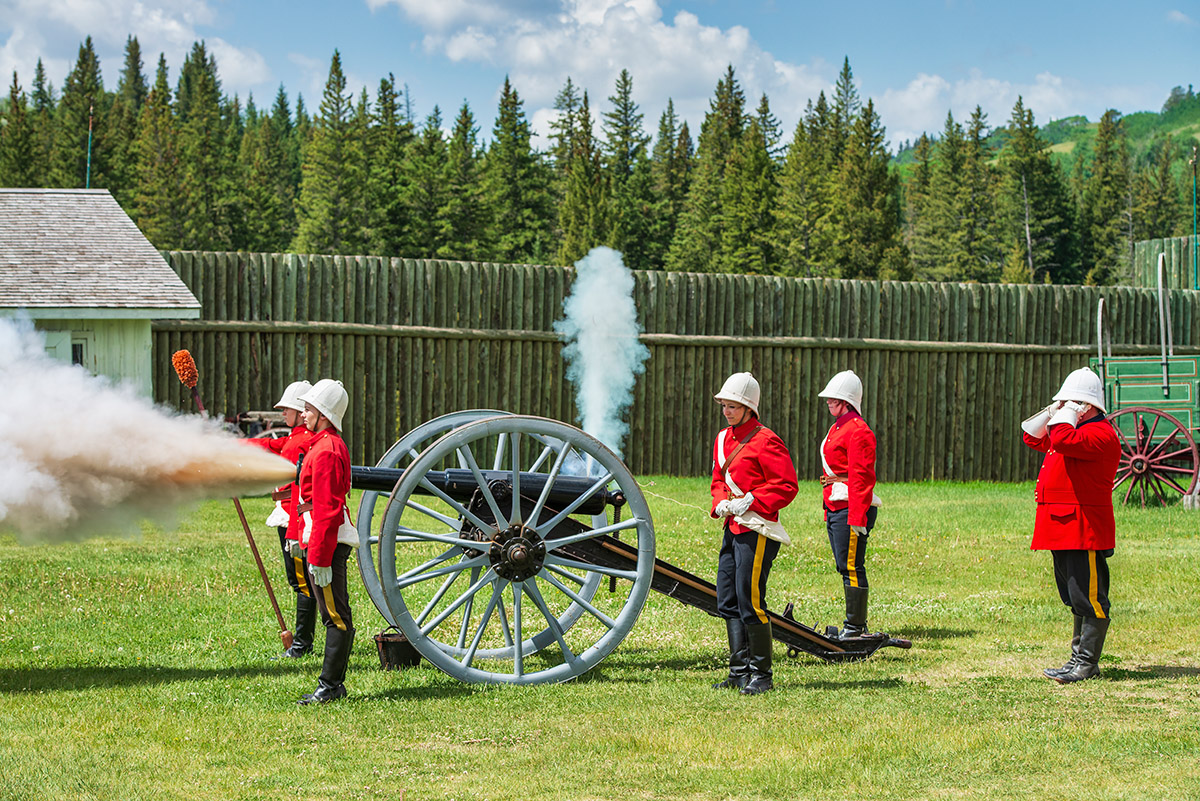
Demonstrations showing other aspects of life in the 1880s, such as woodworking or cooking bannock, are occasionally held at the fort. The day of our visit, we were part of a trial, with tour guide Omar presiding over court proceedings. From our small group, he chose “volunteers” to play the roles of those involved in local squabbles that actually occurred at the fort. Judge Omar summarized the offence and banged his gavel a lot to demand respect, but soon arrived at a just ruling.
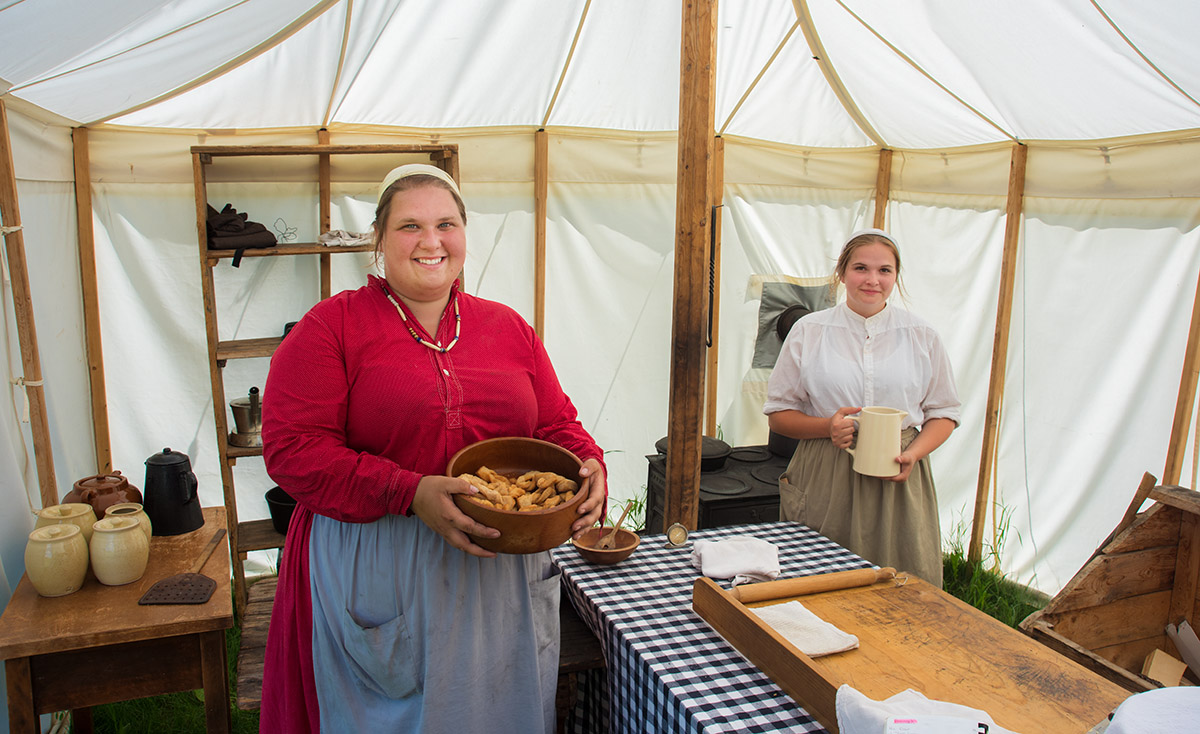
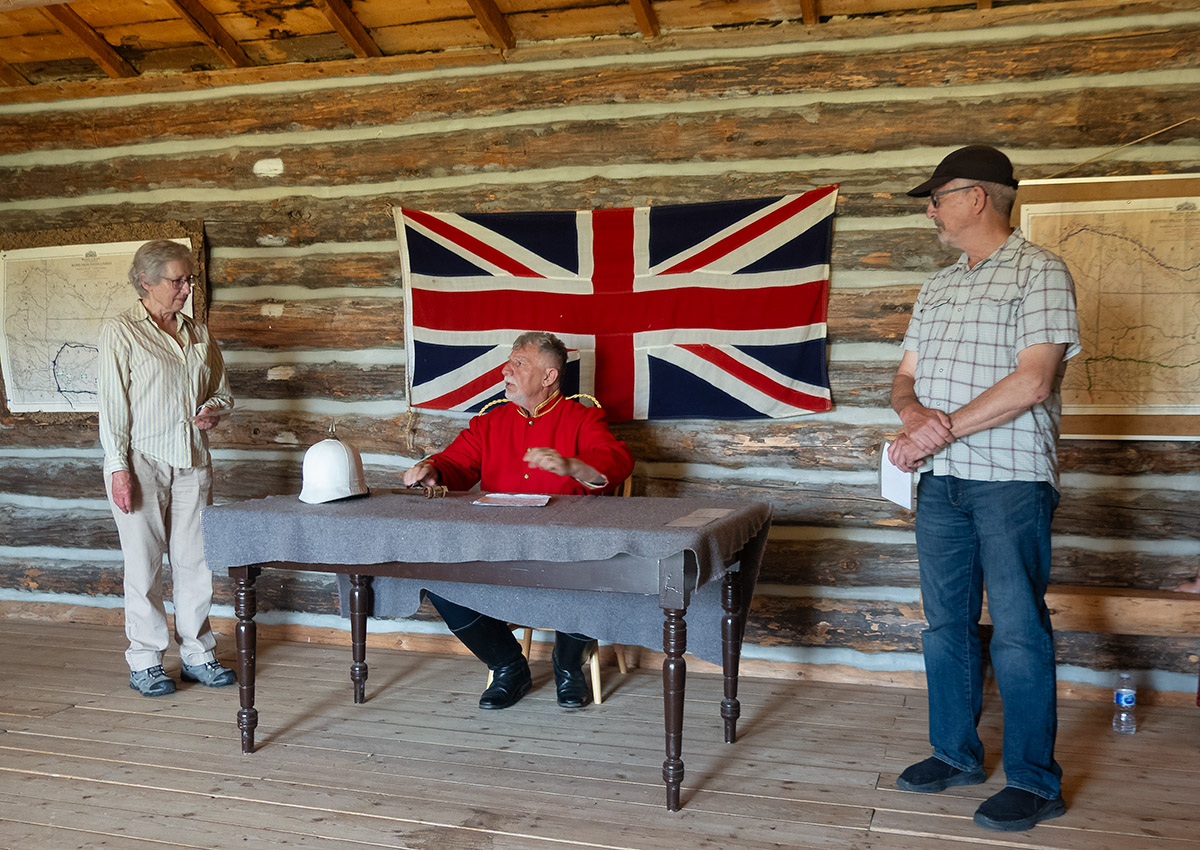
Don’t miss the guardhouse, where prisoners were locked up in tiny cells while they served their term or were awaiting trial.
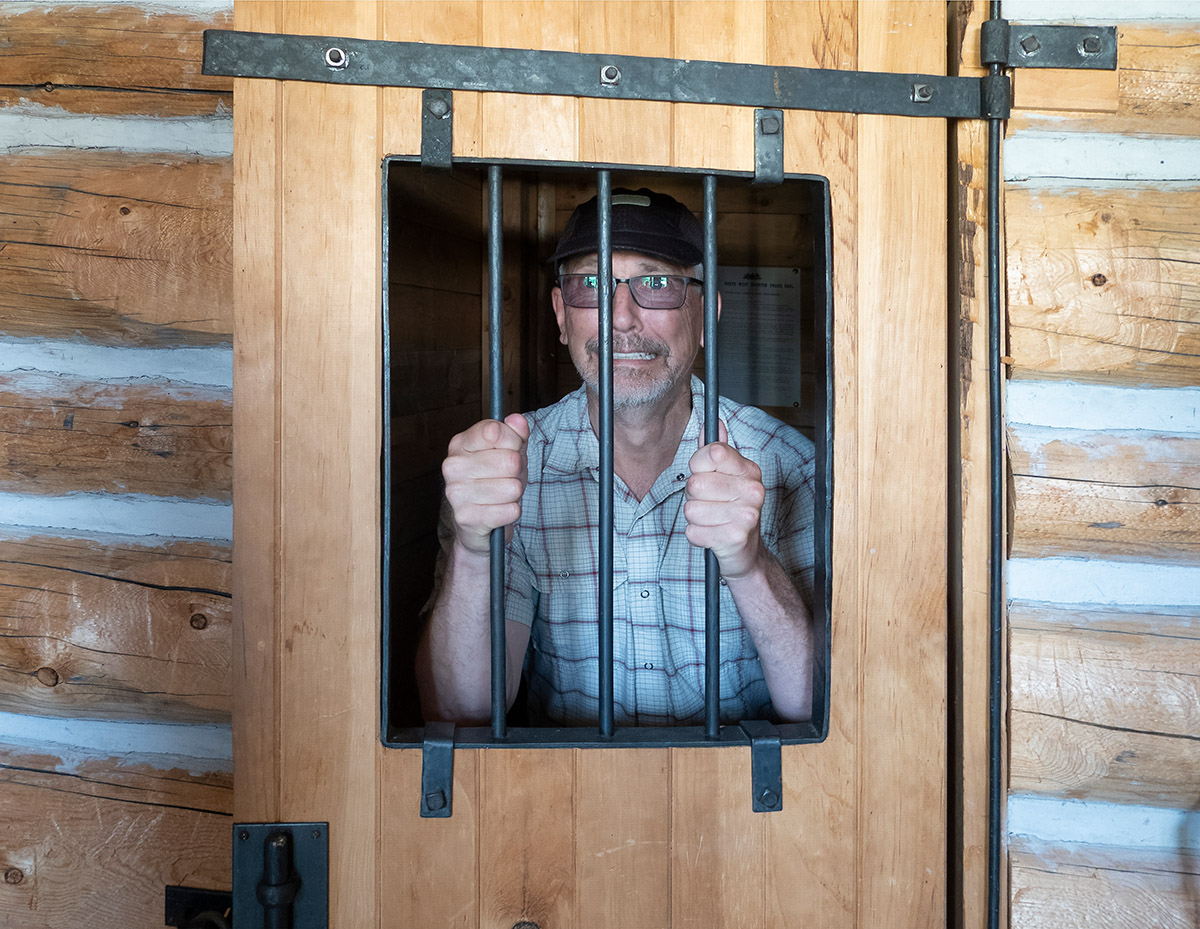
Beyond the Stockade
Just outside the fort are two cabins representing a Métis cabin and a trading post. A short walk brings us to a quiet shaded picnic area with tables and a shelter. Signs direct you to optional hikes, the easiest of which is 550-metre Métis Trail that winds through the forest beside Battle Creek. Just over the foot bridge crossing the creek, a short though hilly trail takes you into the forest where Parks Canada red chairs offer a great view over the fort and surrounding landscape.
The longer Battle Creek Trail is about a 6 km loop that takes you along a trail then back along an old access road to the remains of trading post buildings in the valley. The trail heads higher into the hills and has sweeping views over the hilly landscape and open prairie. Be prepared for steep sections and uneven ground – also take plenty of water and sturdy footwear, rain gear, and a hat, and keep an eye out for cougars. Do not rely on cellular service.
It was next to these trading posts that the Cypress Hills Massacre occurred. The park occasionally runs excursions here, where an interpreter provides more details of the events of 1873.
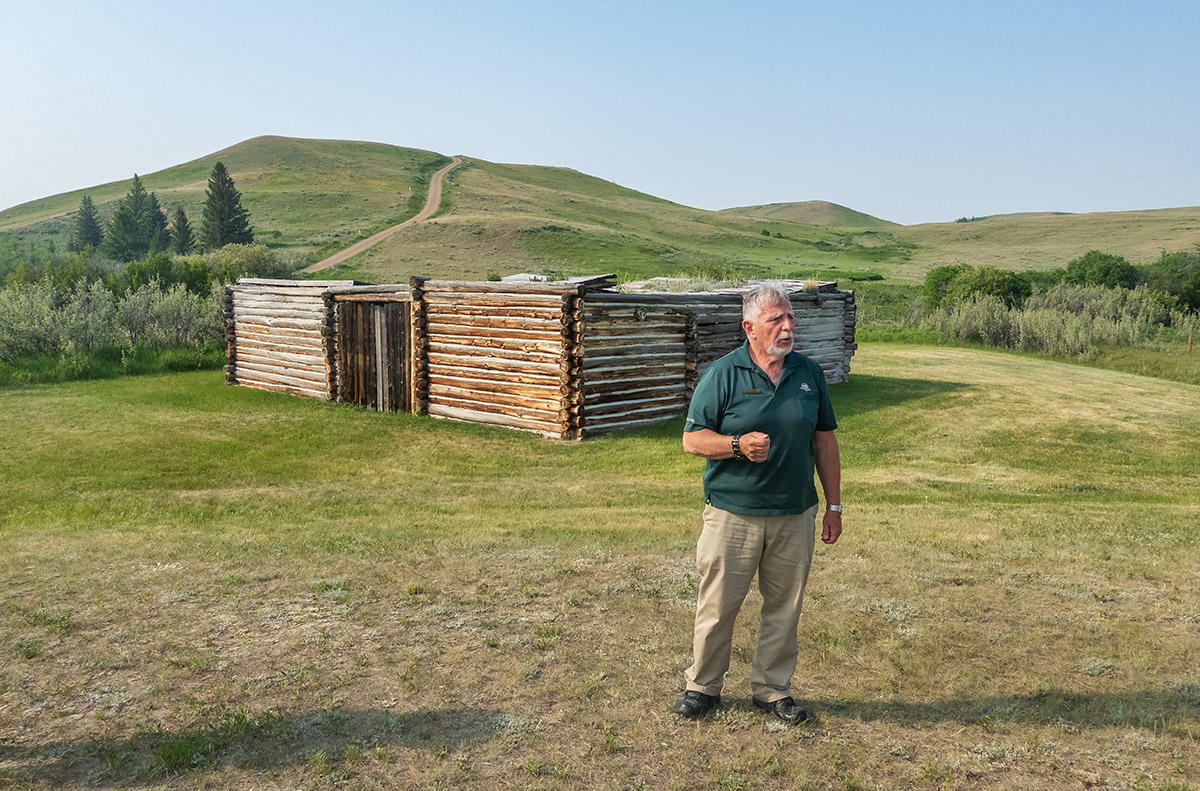
Allow Enough Time
Fort Walsh differs from most other historic sites because the natural setting is every bit as compelling as the history. You can spend most of a day visiting the fort, taking the informative tour, snapping photos from the red chairs near the visitor centre or in the hills, enjoying a picnic, and walking the trails.
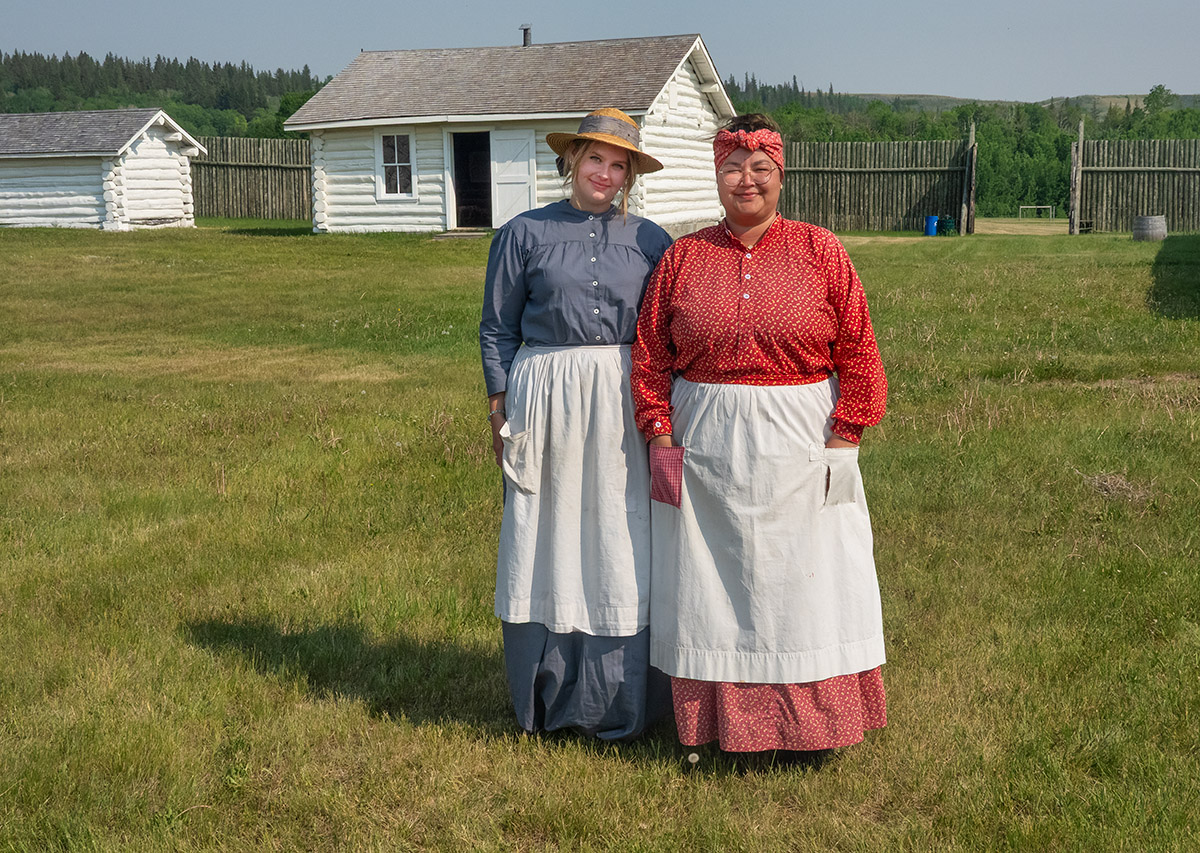
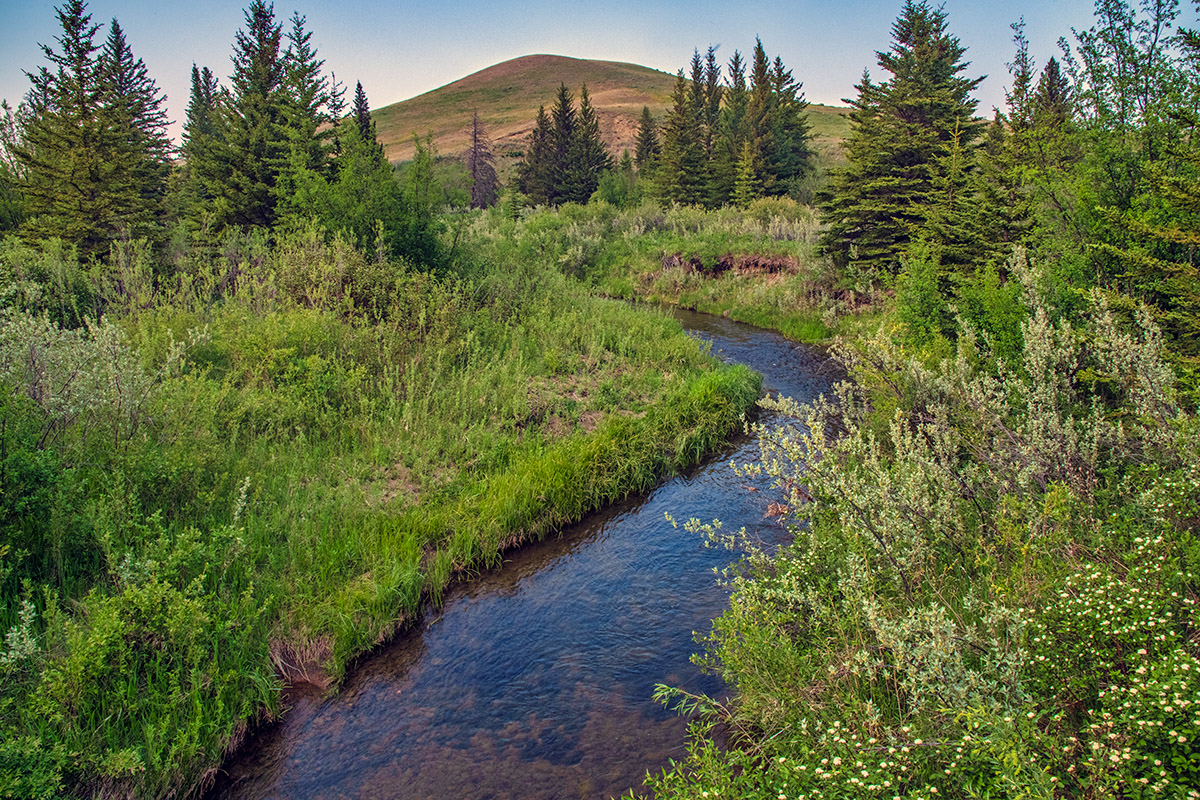
How to Get to Fort Walsh
Fort Walsh is located next to the West Block of Cypress Hills Interprovincial Park. This is our favourite part of the park, with scenic drives, great hikes along the Trans Canada Trail, outstanding views over the conglomerate cliff, and wonderful basic campgrounds next to Battle Creek.
It’s easy to get to Fort Walsh – just head southwest of Maple Creek on Highway 271 and follow the signs to the Interprovincial Park. The route to Fort Walsh is well signed in the park. If you’re coming from the Alberta side of the Interprovincial Park, just follow the road from Elkwater and watch for signs on the Saskatchewan side.The site is typically open Tuesday to Saturday (closed Monday) from mid-May to the end of September.
Resources
- Fort Walsh National Historic Site
- Cypress Hills Interprovincial Park from Saskatchewan Parks
- Cypress Hills Interprovincial Park information from Tourism Saskatchewan
- Information about the Cypress Hills and other places to visit in southwest Saskatchewan
Other articles on Photojourneys about the Cypress Hills
SUBSCRIBE to Photojourneys below
Feel free to PIN this article on Fort Walsh, SK
